Eliminate pain, increase flexibility and prevent injuries! If you have been ignoring stability here are eight exercises to protect your shoulders from damage!
I’ve talked about shoulder mobility in the past, but it doesn’t end with just mobility. After we have achieved proper mobility, we need to stabilize our bodies in the new position.
Shoulder pain and dysfunction is a common occurrence throughout our lives. Between rotator cuff tendon issues, labral tears, arthritis, and unstable shoulders, there are many pathologies the shoulders are predisposed too.
Suffering from a sore neck, back and shoulders? Get our mobility guide to ease pain and soreness.
Get The FREE Mobility Guide To Fix Your Pain Today!
The good news is that many of these conditions can be managed both before and after injury. So how do we protect our shoulders?
The first thing we need to understand is what some of the common causes of shoulder pain are.
Impingement
Shoulder impingement is one of the most common diagnoses of shoulder pain.
Many mechanisms can be a cause of shoulder impingement. Some of these include bone spurs, poor posture, rotator cuff weakness, and more. Having a good balance between shoulder mobility and shoulder strength can help you minimize your risk for shoulder impingement.
Instability
Shoulder instability can happen two ways. One of the ways is by acquiring it over time.
This is often the case with baseball players who are throwers. They develop so much motion over time from their ligaments getting lax.
The other way is congenitally. Some people are born with loose joints and have tons of motion. Either way, one of the most important things to do is stabilize the shoulders. Developing good scapularthoracic and rotator cuff strength is vital to protecting the unstable shoulders.
Arthritis
As we age, normal wear and tear is expected. However, sometimes we develop this at a much younger age.
While we cannot reverse the effects of arthritis, we can certainly make it better. Mobility is extremely important with this condition, but stability is just as important. Having good rotator cuff function helps make sure the humeral head of the shoulder stays centered.
So without further ado, here are eight mobility exercises to protect your shoulders from injuries:
1. Wall Clocks
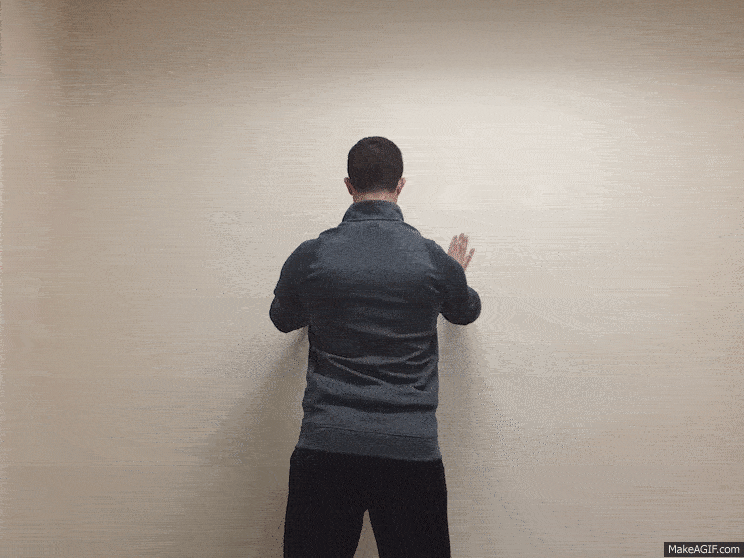
To perform this exercise, line yourself up in a shoulder-width position with your hands on the wall. Be sure not to shrug your shoulders up.
Keeping your core engaged and your shoulders firmly against the wall, move one of your hands out to the side.
Perform 3 sets of 5 on each side.
2. W’s
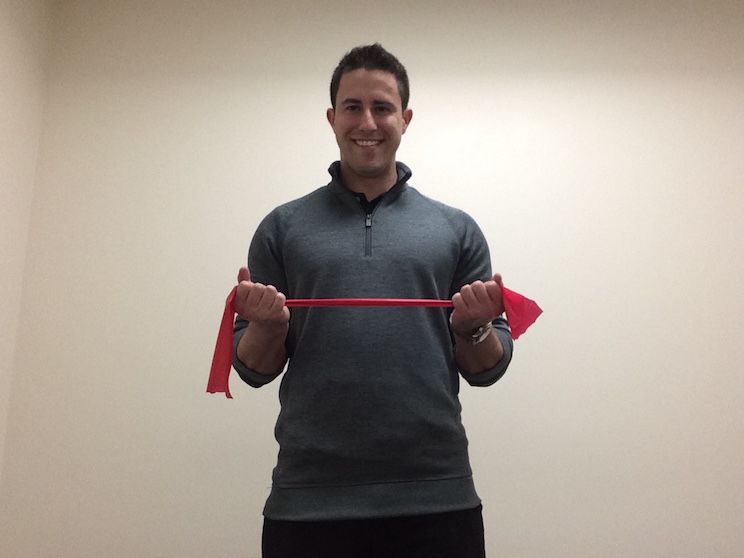
To perform this exercise, keep your core engaged and slightly squeeze your shoulder blades together. With your elbows tucked at your sides and palms out, rotate your arms out slowly. You should feel the back of your shoulders doing the work.
Perform 3 sets of 15 daily.
3. Scapular Retraction (Shoulder Blade Squeeze)
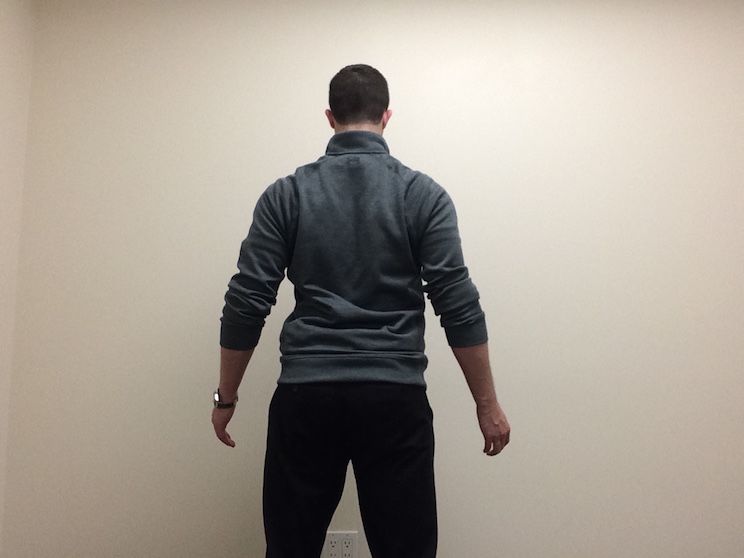
Stiffness of the chest and shoulders can put these muscles at a mechanical disadvantage, making it difficult to recruit them. While working on mobility is important to do first, following up with scapular retractions can help your body hold the new position.
To perform this exercise, pretend you are trying to squeeze something in the middle of your back. Keep your upper traps relaxed throughout the exercise.
It often helps to keep your arms at your sides to open up your chest and give your back a good platform to work from.
Perform 3 sets of 10 daily.
4. External Rotation Isometrics

Place your arm in an elbow-flexed position with your arm at your side. Use your opposite arm to apply pressure to the outside of your forearm. With your involved arm, use your shoulder to match the pressure.
Perform 3 sets of 12 daily.
5. Internal Rotation Isometrics

Place your arm in a elbow flexed position with your arm at your side. Use your opposite arm to apply pressure to the inside of your forearm. With your involved arm, use your shoulder to match the pressure.
Perform 3 sets of 12 daily.
6. Rows
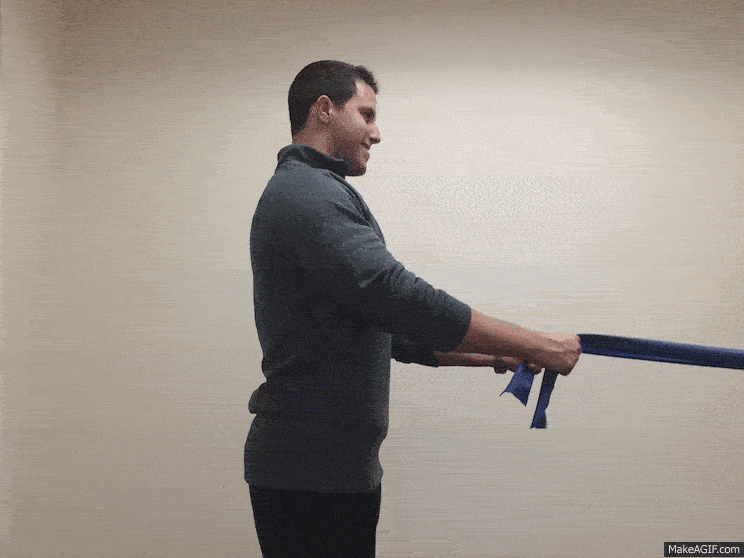
Perform 3 sets of 12 every other day.
7. Wall Slides

To balance this out, perform wall slides. Be sure not to shrug up!
Perform 3 sets of 12 daily.
8. Sidelying External Rotation
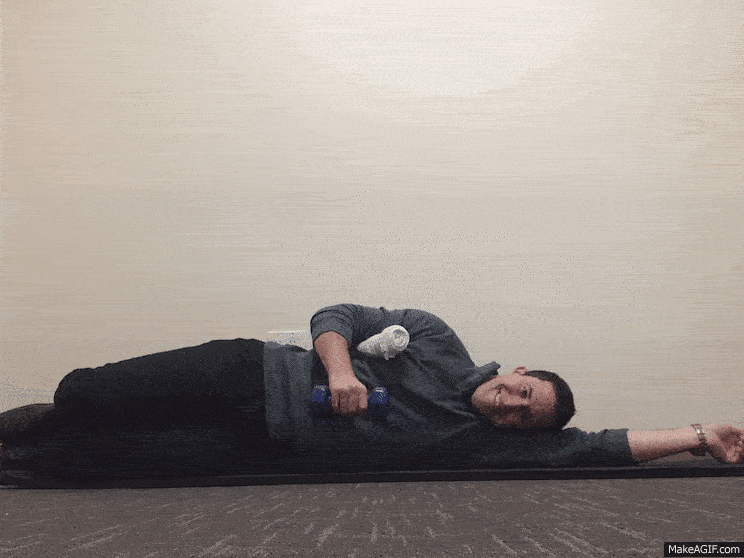
To perform this exercise, lie on your side with your arm at a 90-degree angle. Using either your arm weight or a very light dumbbell, raise your shoulder out to the side.
You may used a rolled-up towel to help you keep a good position.
Perform 3 sets of 8 every other day.
As with any exercise program, always consult with your doctor first.




 21 Low-Stress Paleo Dinners You Can Make in One Pan
21 Low-Stress Paleo Dinners You Can Make in One Pan
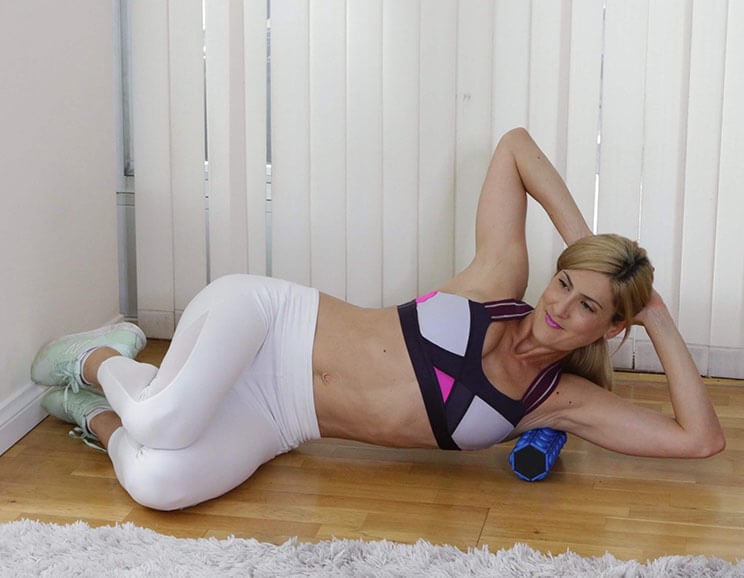

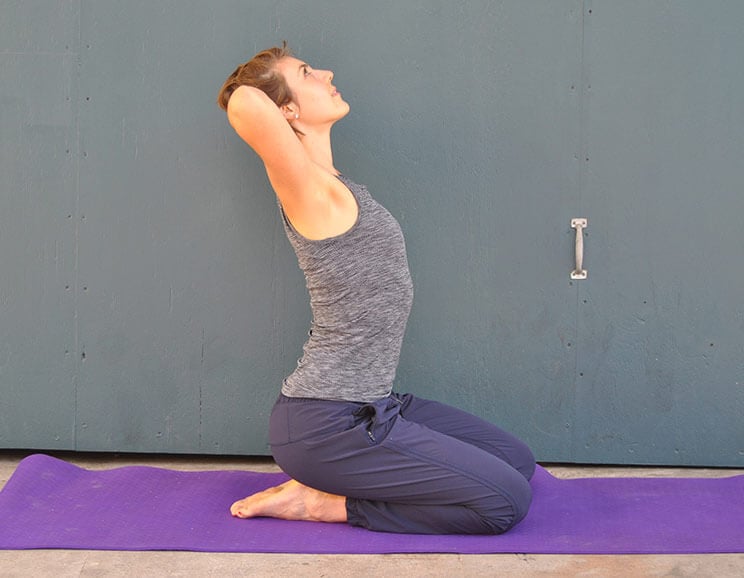
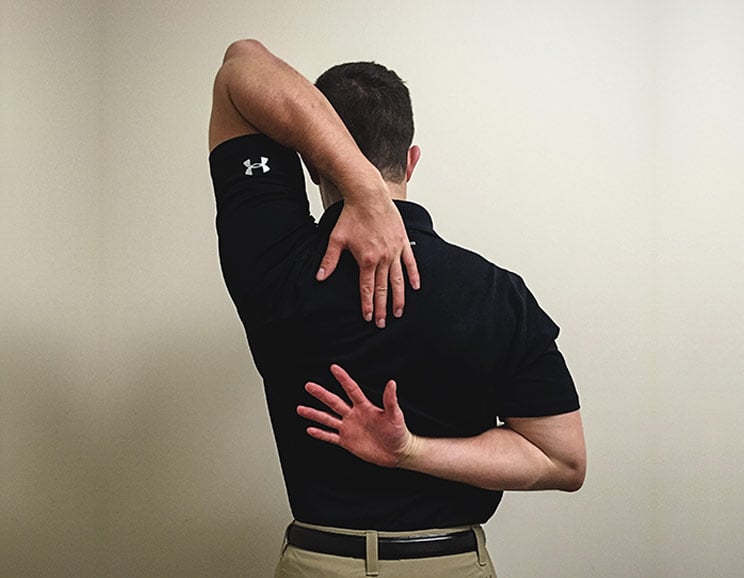
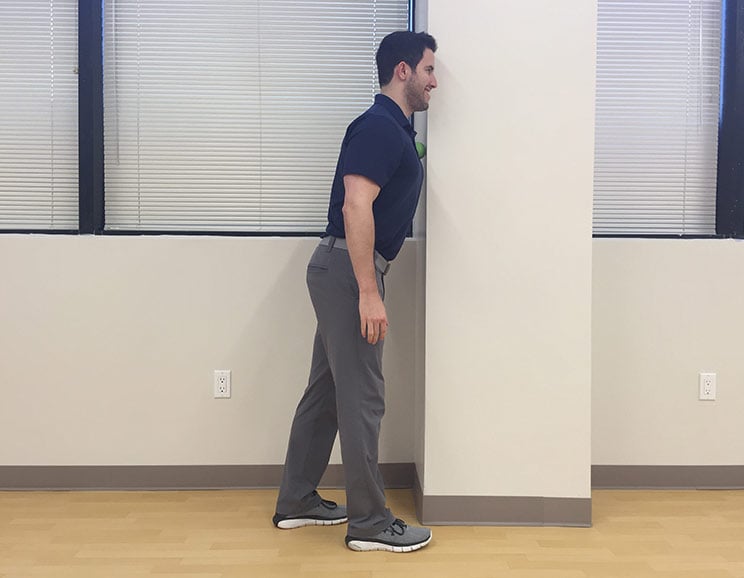
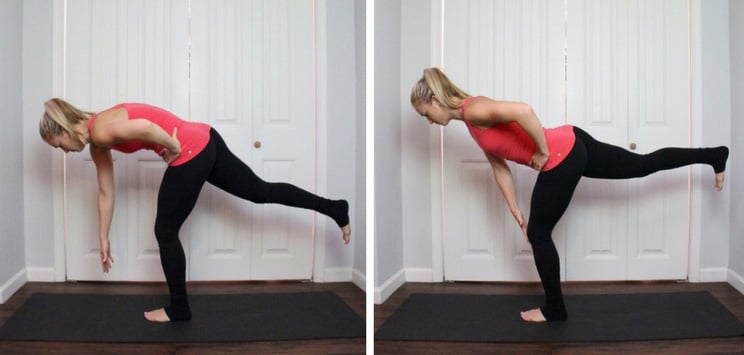
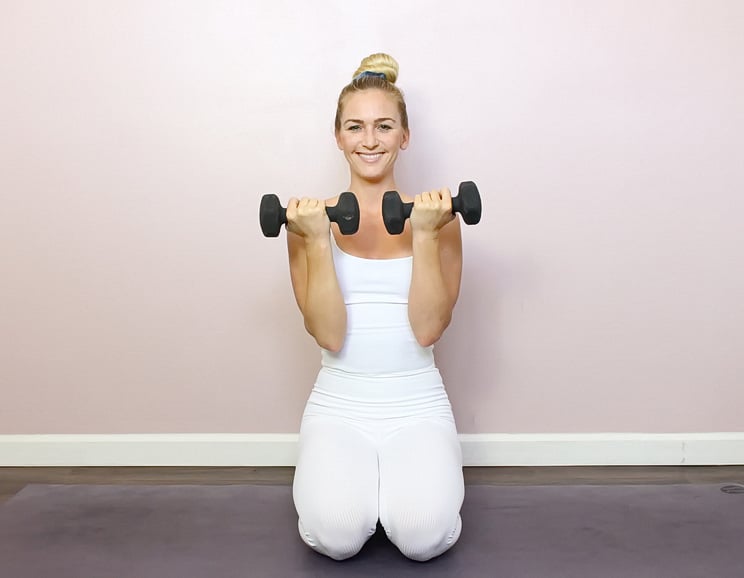


Show Comments